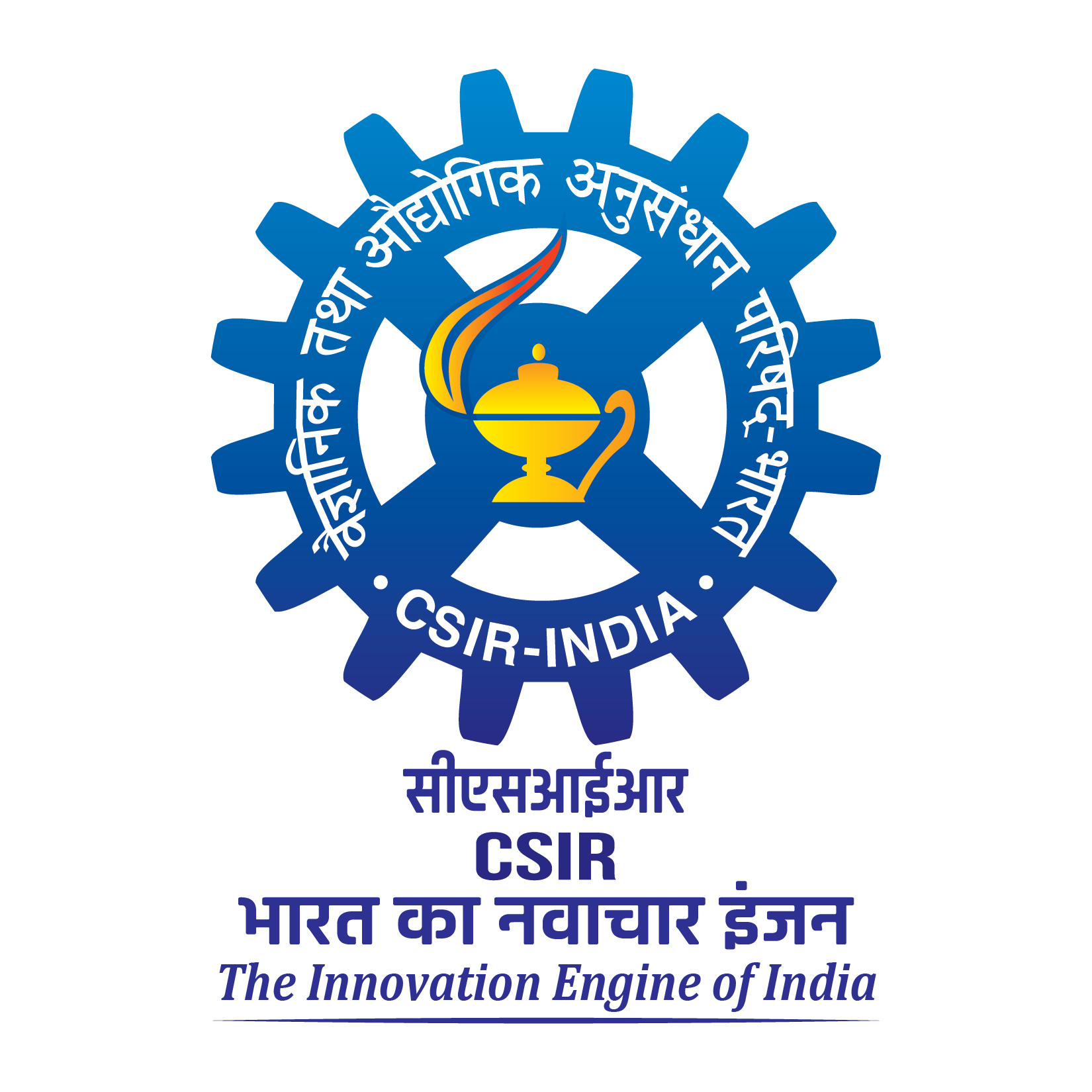by Siva Sai Kumar Rajana, Sampad Kumar Panda, Sridevi Jade, Chiranjeevi G. Vivek, A. K. Upadhayaya, Arti Bhardwaj, Sonam Jorphail & Gopi Krishna Seemala
We investigated the ionosphere response to the two severe geomagnetic storms in the ascending phase of solar cycle 25 which occurred during the 23-24 March 2023 (SYM-Hmin = −169 nT) and 23-24 April 2023 (SYM-Hmin = −233 nT) using a latitudinally aligned dense network of Global Navigation Satellite System (GNSS) receivers, magnetometers, and digisonde along the Indian longitude sector. The significant variations in TEC during the storm’s main and recovery phases are mainly linked to the influence of westward Disturbance Dynamo Electric Fields (DDEFs). During the initial phase of the March 23-24 geomagnetic storm, no changes in daytime TEC were observed, despite the storm occurring at noon time with a southward IMF Bz due to the influence of electron density in the top side ionosphere. Furthermore, both pre-reversal enhancement (PRE) and ionosphere irregularities are suppressed within two hours of their onset during the main phase of the March 23-24 storm, owing to the westward transition of zonal electric fields from an eastward direction. During the recovery phase of both storms, a daytime positive storm effect is observed over the dip equatorial region, while the beyond equatorial ionization anomaly (EIA) and mid-latitude regions perceived a negative ionospheric storm effect. This phenomenon is attributed to the influence of the dominant westward DDEFs during the period. Moreover, these DDEFs effectively inhibited the equinoctial manifestation of PRE effects and post-sunset ionospheric irregularities during the recovery phase of both storms. These findings are further confirmed with supporting information from TEC recorded by Swarm satellites, model-derived ionospheric electric fields, and thermospheric O/N2. The results from this study may advance the understanding of ionospheric response to severe geomagnetic storms under the prevailing westward DDEFs during the dayside recovery phase, complementing the global efforts for more reliable space weather modeling and prediction services.

